TP-Link Deco BE25 Wi-Fi 7 is a budget-friendly mesh system that utilises Wi-Fi 7 smarts, but only offers dual-band support at 2.4 and 5 GHz.
Let’s make that clearer. Wi-Fi 7 is typically a 2.4, 5 and 6 GHz tri-band, and mesh networks usually utilise part of the 5 or 6 GHz bands (or both, if it supports MLO) for backhaul.
This does not, and I was sceptical until I started to see other brands with similar dual-band mesh setups.
This has a 2.4 GHz 688 Mbps band and a 5 GHz 4324 Mbps band. It supports dynamic MLO (Multi-Link Operation), which, in simple terms, combines unused segments of the two bands and Ethernet for backhaul (if available).
The result is that, despite not having a 6 GHz band, all Wi-Fi 7 go-fast technologies, such as 4K-QAM, Multi-RUs, OFDMA, MU-MIMO, and BSS colour, mean a better, faster, and more stable mesh device.
TP-Link Deco BE25 Wi-Fi 7 BE5000 mesh Basic Specs (as at 10/7/25)
Firmware 1.0.17 Build 20250403 13304
| Website | Product Page User Guide Deco app User guide |
| Price TP-Link does not set RRP, so these are approximate | 1-pack $229 seen for $182 2-pack $429 seen for $328 3-pack $599 seen for $450 Shop around, but make sure it’s the Australian-certified version |
| Warranty | 3-years |
| Made In | China |
| Company | Products include high-speed cable modems, wireless and mobile routers, range extenders, switches, IP cameras, powerline adapters, print servers, media converters, wireless adapters, power banks, USB Hubs, and smart home technology devices. Brands include Archer routers, Deco mesh, Omada (business networking) and Tapo (Smart home). TP-Link USA is one of the largest suppliers of home networking products, operating from its base in California. According to IDC, TP-Link has held the #1 home networking market share (about 20%) in over 170 countries by volume since 2010. |
| More | CyberShack TP-Link news and reviews CyberShack network news and reviews |
Ratings
We use the following ratings for many of the items below. CyberShack regards 70/100 as a pass mark. You can click on most images to enlarge them.
- Fail (below expectations), and we will let you know if this affects its use.
- Pass(able) rating that is not as good as it should be.
- Pass (meets expectations).
- Pass ‘+’ rating to show it is good, but does not quite make it to Exceed
- Exceed (surpasses expectations or is the class leader).


First Impression – round and low profile
I’m accustomed to larger cylindrical towers, so I was surprised to see these squat, round devices, each measuring 150 x 150 x 62 mm and weighing 500g. Each can be a router (only one at a time) or a satellite (many) at setup time.
They are designed for desktop or bookshelf horizontal use only (antennas are oriented in this position) and feature a 2.5 GHz WAN and 2.5GHz LAN port. It is for connection to the NBN NTD Uni-D1 and will handle speeds of up to 2500 Mbps on the NBN. You can also plug it into a modem router LAN port, but speeds will be limited to the maximum 100Mbps/20 FTTN or FTTC NBN speed.
If you can use Ethernet cabled backhaul, you don’t use any of the BE5000 bandwidth, and you can daisy chain a satellite to a satellite and to a router without any speed loss.
Power is via a 12V/1.5A/18W plug pack. It is nice and thin, so it leaves plenty of room for other 240V plugs.
It supports both IPv4 and IPv6, and you should start using the latter instead of relying on an IPv4 CGNAT server, which can slow down internet access. It is a simple switch in the app.
Bandwidth – Pass
- 2.4 GHz 688 Mbps, 20/40Mhz bandwidth
- 5 GHz, 4324 Mbps 20/40/80/160/240 MHz bandwidth (although we suspect 240 MHz is not certified for Australia).
You can set up:
- 2.4 GHz as an IoT-only band (important for IoT devices)
- 2.4 and 5 GHz as a combined band
- 5 GHz as a separate band
- 2.4 and 5 GHz as MLO band
- Guest band (combined 2.4 and 5 GHz band)
Backhaul – Pass
If using Wi-Fi, it generally partitions about 1800 Mbps of the 5 GHz band, leaving 2500 for 5 GHz devices.
You can select MLO backhaul that combines unused 2.4 and 5 GHz bandwidth for higher backhaul and forward haul.
You can also use up to 2.5 Gigabit full duplex Ethernet cabled backhaul.
It automatically switches between Wi-Fi and Ethernet, and vice versa.
Remember, Wi-Fi 7 utilises multiple protocols not found in Wi-Fi 6 or 6E, enabling a lower-cost router to operate on two bands and achieve full duplex bandwidth.
Setup – Exceed
Download the Deco app. We found that it is best to set up the router first and then power up the satellites, which will automatically join the mesh.
The App has many features, and some we really like include:
- Network optimisation, which selects the best bands in Wi-Fi-congested environments
- Fast Roaming: Most devices (like smartphones) try and hold onto one router or satellite signal and only roam when rebooted. Fast roaming ensures that the device automatically switches to the strongest available signal.
- Beamforming: The router can focus signals on active users to improve signal strength.
- IPv6 is a simple switch and gets you out of the IPv4 CGNAT serves used by NBN providers.
- Security Scan
The Deco app continually improves, although it may not have enough flexibility for power users.
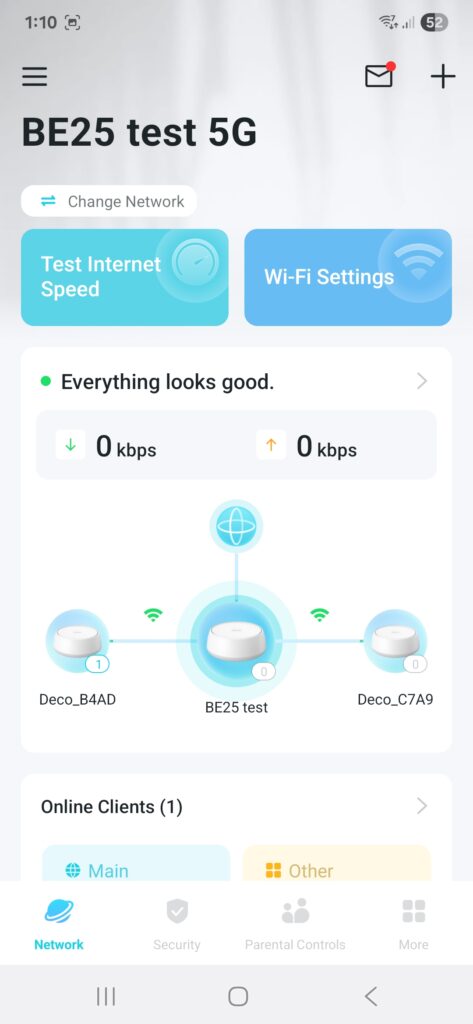

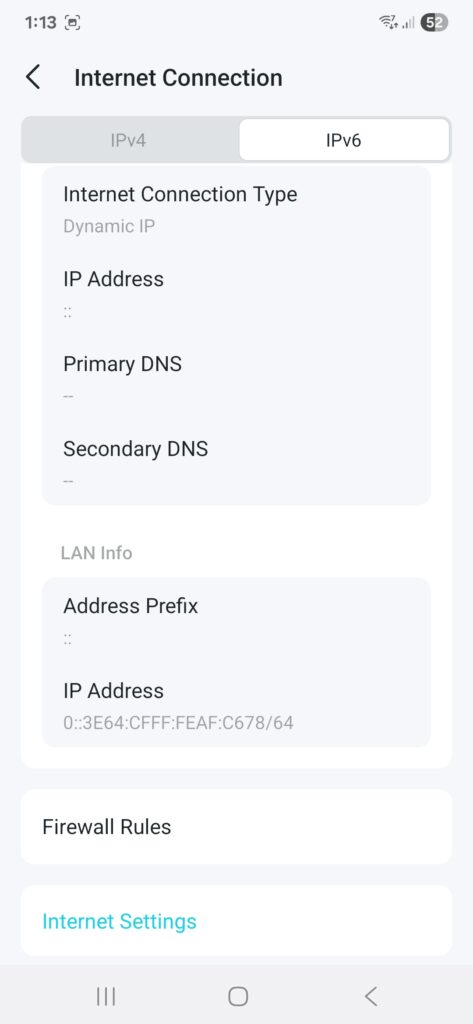
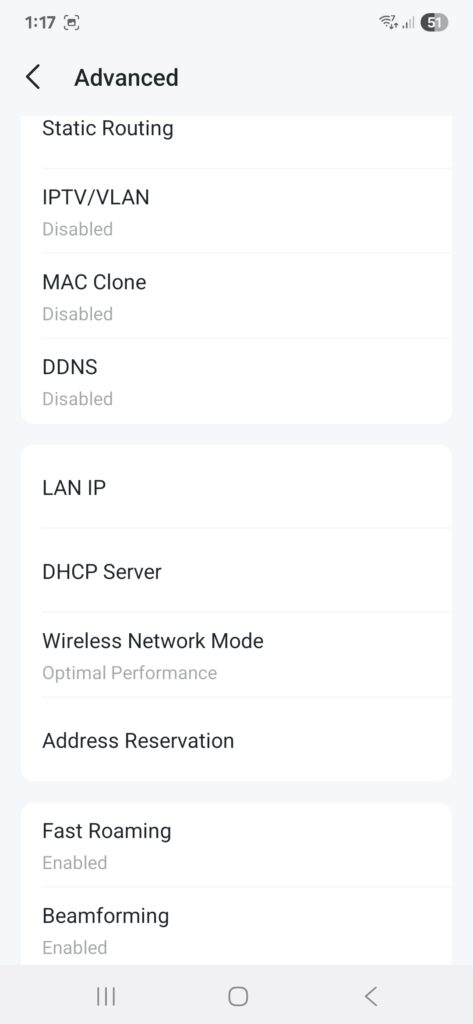
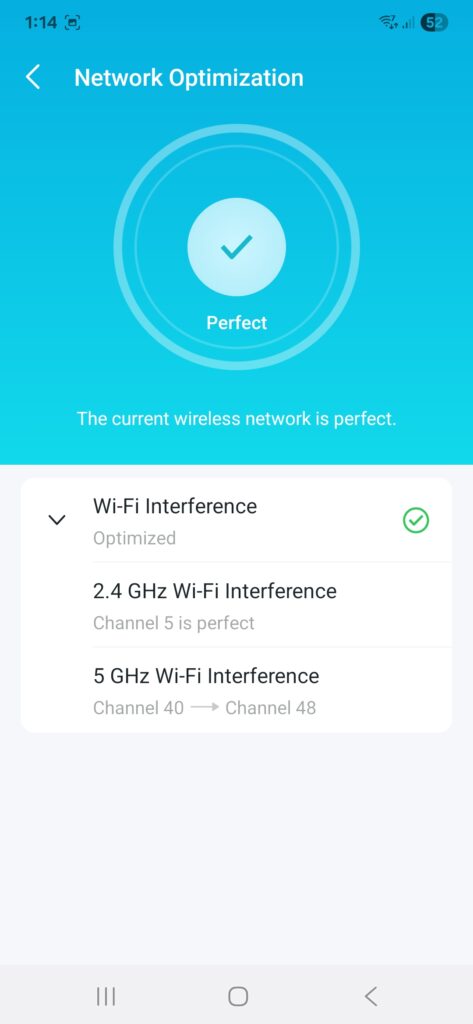
Power use – Pass+
The plug pack (narrow and compact) provides 12V DC, 1.5A, and 18W. In real terms, that is about 5-8W AC for each device – negligible.
You can turn off the LED indicator if you wish.
Inbuilt security – Pass
The following are standard at no extra cost.
- Router security
- wireless security
- IoT device identification
- Guest network
- Camera security
- Wi-Fi access control
- Device isolation
- Quality of Service (QoS)
HomeShield, Security+ and Total Security Package*
This is a paid service. Security+ is $99.99 per year, and the Total Security Package is $299 (generous discounts may apply).
- Web protection
- Intrusion prevention
- IoT protection
- Comprehensive reports
- Antivirus protection for PCs and mobile devices *
- Password management for PCs and mobile devices. *
- Whole home and unlimited VPN *
Advanced parental controls are $49.99
Backhaul Tests (2m) – Pass+
- Ethernet front and backhaul (maximum 2.5Gbps): 2290Mbps
- MLO 2.4 and 5 GHz backhaul (estimate) (maximum 2500Mbps): 2100Mbps
- 5 GHz backhaul:1900
Backhaul Tests x 2 wireless satellites (10m): Pass+
- MLO: 990 Mbps line of sight
- 5 GHz: 1024 Mbps line of sight
- MLO: 650 Mbps through two plasterboard walls and two built-in cupboards
- 5 GHz: 5500 Mbps
Download, Upload, Signal strength, Rx and Tx Tests
5GHz backhaul 2m
| Distance | Download (maximum 200) | Upload (Maximum 40) | Signal Strength dBm | Rx | Tx |
| 2m Router | 165 | 35 | -17 | 2081 to 2402 | 2001 to 2530 |
| 2m Satellite line of sight | 146 | 35 | -48 | 864 to 1393 | 422 to 1345 |
| 2m Satellite wall | 143 | 35 | -50 | 576 to 865 | 576 to 1025 |
MLO backhaul 2m
| Download | Upload | Signal Strength dBm | Rx | Tx | |
| 2m Router | 164 | 34 | -31 | 2242 to 2466 | 1633 to 2690 |
| 2m Satellite line of sight | 170 | 34 | -33 | 2322 to 2690 | 1873 to 2530 |
| 2m Satellite wall | 157 | 34 | -36 | 1729 to 2402 | 1241 to 2162 |
We also tested at a distance of 10 metres from the router and the satellite.
MLO backhaul 10m
| Download | Upload | Signal Strength dBm | Rx | Tx | |
| 10m Router | 163 | 33 | -42 | 864 to 1441 | 391 to 1498 |
| 10m Satellite line of sight | 137 | 34 | -50 | 645 to 961 | 643 to 1441 |
What does this mean?
- MLO backhaul is faster as it provides a little extra bandwidth.
- Signal strengths are excellent right out to 10m. It means that you can place the satellite up to 10 metres line of sight from the router and 6-7 metres through two walls and cupboards.
Coverage is <10m><Satellite><10m><Router><10m>Satellite><10m> or 40m x 10 m or 400m2 which very low cost per m2.
CyberShack’s View: TP-Link Deco BE25 Wi-Fi 7 BE5000 is mesh on a budget
I was highly sceptical of dual-band mesh, even with Wi-Fi 7 go-fast smarts, being effective. I am impressed. No, they don’t have 6 GHz, which is why they are lower cost than tri-band.
If you only have $500, this is a great option. A three-pack costs $about $450 (a 2-pack is also available).
I would prefer to use these with 2.5Gb Ethernet backhaul, but as the tests show, they reached maximum NBN download speeds with Wi-Fi backhaul.
TP-Link Deco BE25 Wi-Fi 7 BE5000 Ratings
- Features: 80. It is a basic plug-and-play mesh system with plenty of options in the Deco app.
- Value for money: 90. If your needs are for reasonable speed and coverage, this is an excellent option.
- Performance: 80. Surprisingly good for dual-band. We tested with 46 IoT devices, and that was about the limit of the 2.4 GHz IoT SSID. We tested with 4K streaming, and it was fine.
- Ease of Use: 90. Deco app is foolproof and straightforward. Set up in minutes. You can attach this to a modem or gateway, but the maximum NBN speed is 100/20 Mbps.
- Design: 80. Round and squat, suitable for a desktop only.
CyberShack Verdict
TP-Link Deco BE25 Wi-Fi 7 BE5000 mesh
From $299 to $599 but look for discounts
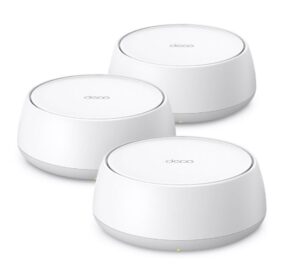









4 comments
Terry
I read your article with real interest. In short, what I go from it was “blah blah, blah, blah”. Please don’t get me wrong, I appreciate that that is my problem but for those many, many of us that are severely technically challenged, perhaps you could do a follow up using words of one syllable that we can understand.
Thanks in anticipation,
TT
PS. I want to invest in better Wi-Fi, but don’t know where to start (or stop).
Ray Shaw
Hi Terry
Send me an email at [email protected] and we can start a dialogue.
Ahmad
no 6ghz band !
Ray Shaw
No and that is why it is lower cost. But it has all the Wi-Fi 7 smarts.